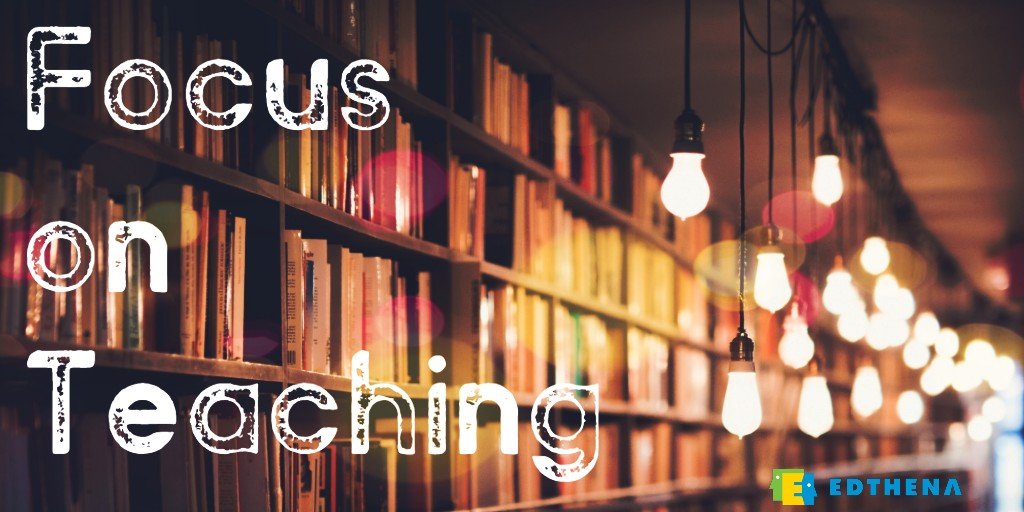Some Good News for Some Students, Distanced Learning Leads to Increased Achievement

-
Some students are actually thriving in the remote learning world as teachers have noticed some benefits that have come with the shift to distance learning.
-
Many teachers have noticed the unexpected benefits of self-pacing as their students have the flexibility to complete their assignments on their own schedule.
-
In some cases, the cancellation of extra-curricular activities has led to increased student performance due to an enhanced focus on their school work.
-
Some teachers point to the alleviating stress levels from students due to the lack of state testing as the link to an improvement for some students’ academic performance.
-
The online learning environment contributes to less bullying and allows increased sleep, ultimately reducing anxiety and stress levels among some students.

The transition to remote learning has unearthed many challenges for educators and students alike. But there might be Some Good News to share.
Some teachers have noticed a few unexpected benefits for students that could impact how we consider structure learning in the future, distanced or not.
Nora Fleming describes how some students have become the unintended beneficiary of distance teaching in her article Why Are Some Kids Thriving During Remote Learning?
Currently an editor of Edutopia, Nora has prior experience as a reporter for Education Week, and as a college counselor at a school in East LA. Her article is published on Edutopia’s blog centered around differentiated instruction.
Advantages of increased flexibility around students schedules
One benefit that Nora mentions is the idea that students are now able to work at their own pace. Students have always learned at different rates, but with the proliferation of asynchronous learning, now students enjoy the freedom to structure their days.
Nora interviewed teachers and students in her article who assert that this increased flexibility gives students a chance to take a break and recharge. The concept of the effectiveness of students taking a break is not new. OnlineSchools details the science of taking a break in a study showing breaks leading to optimum productivity.
Remote learning has led to a decrease in overcommitted students
Research from Nora’s article illustrates that an increase in student performance could result from the cancellation of outside activities. Although extracurricular activities do supplement learning experiences for students, there is a sweet spot to balancing an appropriate student schedule.
Nora mentions how in some cases, an over-scheduled student can show more signs of stress and anxiety. Consequently, she interviews an educator who believes that an increased dialogue about rethinking the current school schedules for students is warranted.
Students credit less pressure, reduced bullying, and more sleep to perks of distance learning
One educator in Nora’s article, Cathleen Beachboard, shares that her students like remote learning because there is less “extreme pressure of failing.” The notion that student performance can dip due to increased stress from standardized tests is common.
This is parallel to Nora’s approach that school socialization being “fraught with anxiety” could lead to lower academic performance. She suggests that distance learning may induce an environment in which social pressure and bullying are less pervasive.
Lastly, Nora commented that sleep could be the underlying link that many teachers attribute to increased student performance. She alludes to this idea from a study that finds that over 70% of high school students are not getting enough sleep. Maybe it could be as simple as increased sleep leads to improved grades.
Like what you’re reading? Check out a recent article in this series about creating positive online classroom communities!
